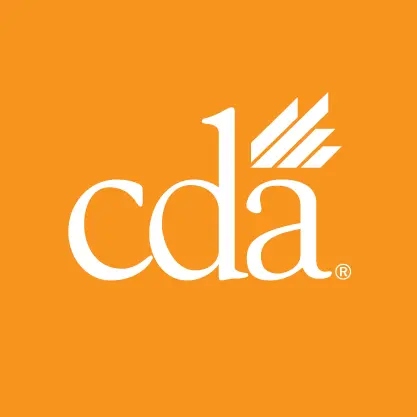Legislation introduced this month tackles California’s dental assistant workforce shortage on two fronts – both by updating scope of practice and creating new pathways to licensure, including by shortening the current required on-the-job training.
The bill is the latest effort in CDA’s multi-pronged approach to alleviate the workforce shortage, especially of unlicensed dental assistants and registered dental assistants, that has persisted in recent years. Even with dental offices now operating at near pre-pandemic capacities, dentists report that recruiting and hiring dental assistants is extremely challenging and has limited their ability to treat more patients.
An online dental assistant training curriculum and a recruiting, hiring and onboarding toolkit launched last year plus an expansion of Smile Crew CA — CDA’s pilot dental assistant training program — and a bolstered Career Center all help dentists train and connect with new talent.
A robust piece of legislation would create meaningful opportunities for career growth to help make the dental assisting career ladder more attractive to individuals entering the field. Although CDA’s bill, AB 481 (D-Wendy Carrillo, Los Angeles), is still in development, CDA has been in ongoing discussions with the dental specialty organizations and other stakeholders in creating this proposal.
Shortening on-the-job training pathway, adding duties based on new technologies
Here is what CDA hopes AB 481 will accomplish:
- Streamline and shorten the existing 15 months of on-the-job training to 800 supervised hours, inclusive of educational and clinical experience. Once individuals complete the 800 hours, they would be able to enroll in a coronal polishing course, provide coronal polishing in the dental office and stand for the RDA written exam.
- Reformat the orthodontic assistant permit into a certificated course without an exam, making it more similar to current X-ray, coronal polish and sealant certificate permit structures.
- Formalize regulations related to interim therapeutic restorations that the Dental Board of California has been working on for years — specifically, clarifying the course length for registered dental assistants in extended function to develop competency in placement of protective restorations.
- Allow individuals who move to California and hold a certified dental assistant certificate to apply for RDA licensure if they meet certain criteria.
- Clarify existing duties and add duties for dental assistants based on new technologies.
‘CDA’s bill is about creating parity between existing licensure pathways’
Current law requires that registered dental assistant education programs provide at least 800 hours of instruction, yet the pathway to licensure through on-the-job training requires 15 months (1,280 hours) of supervised clinical work before the individual is eligible for RDA licensure, which is a discrepancy CDA hopes the bill will solve.
“CDA’s bill is about creating parity between existing licensure pathways to get RDAs fully trained and licensed quickly to meet patient demand in dental offices across the state,” said CDA President John Blake, DDS. “One way to do this is by making compatible the timeline between on-the-job training and RDA education programs.”
But the bill is also about overhauling scope of practice. In that way, it works off a bill introduced last year that would have allowed unlicensed dental assistants to perform coronal polishing and place sealants. That bill ultimately did not move forward. While adding sealants to the unlicensed dental scope will not be part of this year’s bill, AB 481 is more comprehensive.
“We decided to come back this year with a more robust overhaul of the licensure pathways and scopes of practice —for all levels of dental assistants,” Dr. Blake said.
Added duties for dental assistants would account for updated technology and clarify existing duties that have caused confusion among dental assistants and dentists.
For example, RDAs and dental assistants holding an orthodontic assistant certificate would be able to add clear aligner buttons and remove orthodontic attachments. The bill would also permit RDAs to use etching agents for restorative procedures and perform limited duties around the readjustment of dentures.
Additions to the RDAEF scope would clarify the limitations of tissue retraction to exclude periodontal probing and add mechanical removal of residual bonded and cemented orthodontic appliances.
Additionally, the bill will specify that dental assistants at all permit and licensure levels may perform any procedure within their scope of practice using contemporary techniques and materials designed for use in the performance of the legally allowable duties. This will allow for the flexibility of the profession to adapt to advances in technology and avoid noncompliance with the California Dental Practice Act.
Negotiations with dental assisting associations are underway
With the bill’s focus on expanding scope of practice for dental assistants, RDAs and RDAEFs, CDA continues close negotiations with dental assisting stakeholder groups including the Foundation for Allied Dental Education and California Dental Assisting Alliance to identify and address any concerns to ensure the bill is the strongest possible version when amended.
CDA will communicate updates about the bill’s progress in the newsroom and weekly member newsletter Inside California Dentistry.

